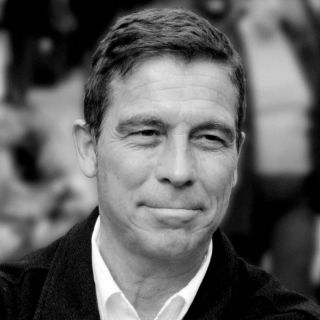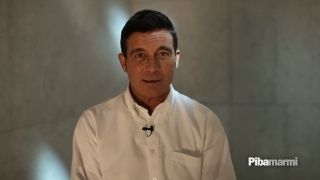Alberto Campo Baeza

He has hold lectures and courses in several cultural and educational institutions in Boston, Buenos Aires, Chicago, Dublin, Ferrara, Florence, Lisbon, London, Lausanne, Lubiana, Milan, Monaco, Naples, New York, Philadelphia, Rome, Stockholm, Strasbourg, Tallinn, Toulouse, Venice, Weimar, and Zurich.
His work has been acknowledged several times with prestigious international awards and has been subject of monographic exhibitions in the most important Spanish cities as well as in Chicago, Frankfurt, London, Lubiana, New York, Paris, Sofia, and Vicenza. Among his main works: San Fermin School (1985), Turegano House in Madrid (1988), Gaspar House in Zahora (1992), Drago School in Cadiz (1992), Inca Technological Innovation Centre in Majorca (1998), De Blas House in Madrid (2000), the building of Caja de Ahorros in Granada (2001), Health Service offices in Almeria (2002), Guerrero House in Zahora (2005) and Benetton kindergarten in Treviso (2007). Among his projects of particular interest, the Andalusian Memory Museum and an Equipped Square in Cadiz are currently being realized.
Alberto Campo Baeza is author of numerous critical contributions on the work of Mies van der Rohe, Tadao Ando and Lluis Barragan and of important theoretical essays on architecture, published starting from 1978 and collected in the publication "La Idea Construida" (2006).
In spite of the intense theoretical and projecting activity, Campo Baeza has collected in his personal library more poetry books than architecture essays; in addiction, he owns no car, no mobile phone, no television nor a watch, but he still lives happily.
